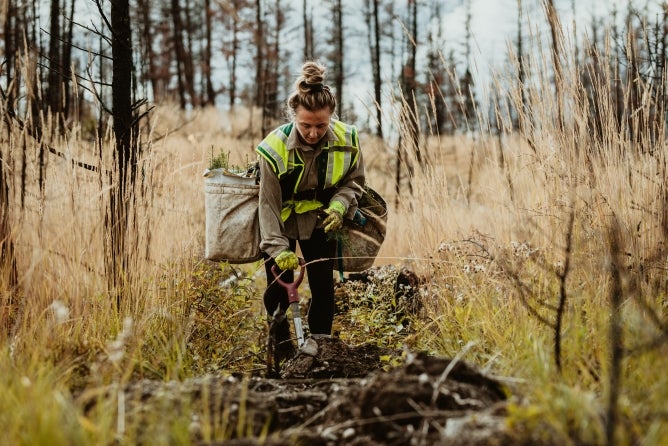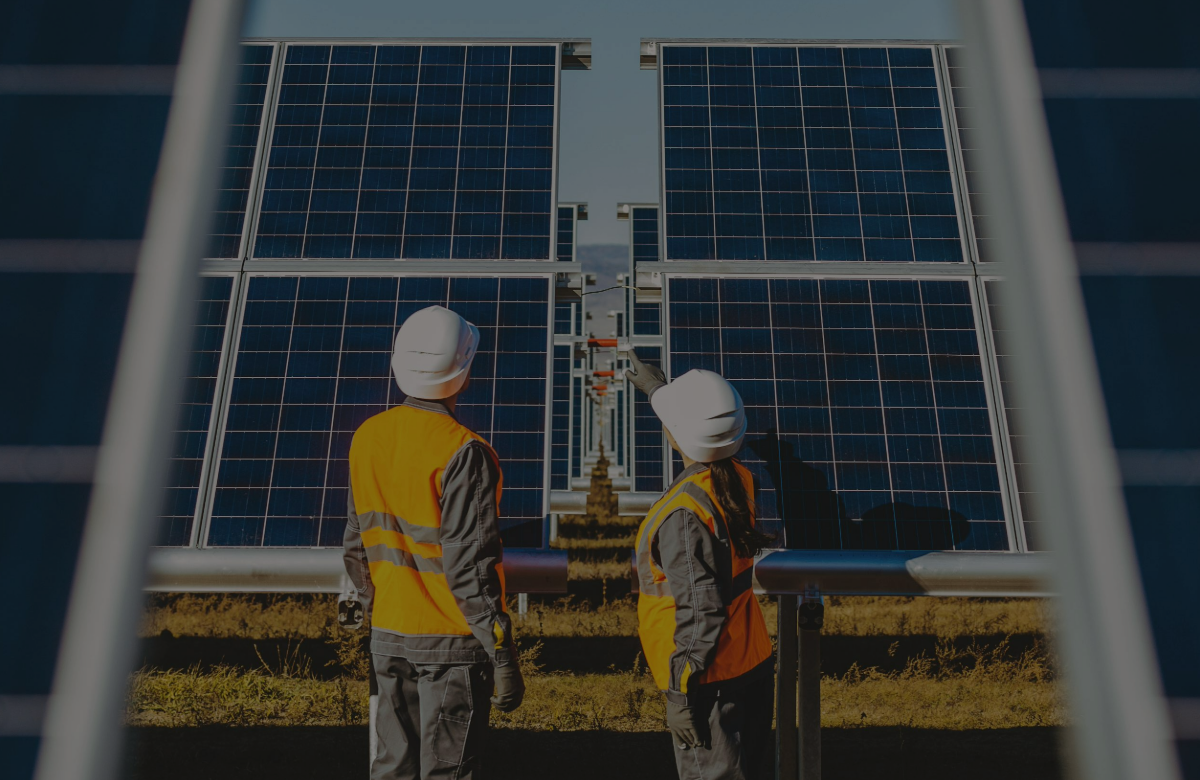With the UK government’s goal of reducing carbon emissions by 78% by 2035 coming ever closer, businesses are increasingly looking at ways to reduce their emissions and become a greener business.
One of the common ways that organisations are attempting to do this is through participating in carbon offsetting schemes. These allow them to compensate for their carbon emissions by investing in environmental projects around the world.
While this does appear to help balance out and reduce the net impact of carbon emissions on the environment and help fight climate change, this isn’t the whole story. Waste reduction, supporting local community initiatives and protecting our wildlife also play key roles.
In this article, we’ll explain these carbon offsetting schemes, how they can help and why we must do much more to build greener, cleaner businesses.
What are the most common carbon offsetting schemes?
Reforestation
This is the most common carbon offsetting scheme, and it involves planting trees and restoring forests. This is because trees capture and store carbon dioxide from the environment and produce oxygen, helping redress the natural balance.
Wildlife restoration
Wildlife preservation also plays a significant role in carbon offsetting. It’s these natural ecosystems that capture and store carbon from our atmosphere, create oxygen, and promote biodiversity. For this reason, we support Butterfly Conservation and its work to protect British wildlife.

Renewable-energy projects
Many organisations choose to invest in renewable energy projects such as wind or solar power. This helps reduce our reliance on fossil fuels and produce cleaner, more sustainable energy.
Energy-efficiency initiatives
By fitting buildings with better insulation and upgrading to energy-efficient appliances, organisations can reduce their overall energy consumption and slash their carbon emissions.
Methane capture from landfill sites
The waste that households and businesses send to landfill sites creates methane as part of the natural decomposition process. Unfortunately, methane is a potent greenhouse gas that can have a significant impact on the environment. Carbon offsetting projects that capture and utilise methane emissions can help minimise their effect on the environment.
Community-based initiatives
Some carbon offsetting programmes reduce emissions by supporting the local community, providing economic opportunities, sustainable development and taking care of those in need. We support the work of The Trussell Trust and its food banks by volunteering and donating food throughout the year.

Carbon credits and trading
Organisations can also purchase carbon credits from projects whose emissions have successfully been reduced so that they can offset their own emissions.
Aviation and travel carbon offset programmes
Many airlines and travel companies offer carbon offset programmes that include investing in environmental projects to offset the emissions from their flights and other forms of transport.
Sustainability: more than just carbon offsetting
Although carbon offsetting does help to reduce your organisation’s impact on the environment, it can never be a substitute for reducing your greenhouse gas emissions, waste and use of natural resources, or for taking care of the local community.
If we can consider a broader overview of sustainability, by taking steps to reduce our impact on the planet in the first place, we can make bigger strides towards our sustainability goals and reduce the need for carbon offsetting in the first place.
In Summary
If you value sustainability and are considering a carbon offsetting scheme, evaluate your options carefully and consider whether they align with your business values and objectives before making your choice.
Combine this with recycling, waste reduction, wildlife conservation schemes and local community projects and you can reduce your organisation’s impact on the environment and create a brighter future for us all.
After reducing carbon emissions as much as possible, in 2023, Ruddocks partnered with Carbon Neutral Britain™. By investing in their Climate Fund™, we offset 100 tonnes of CO2e, supporting global projects such as wind, solar, hydro, and cook stove initiatives, while also contributing to education, employment, clean water, and positive impacts on local communities and ecology.


